-
Posts
9206 -
Joined
-
Last visited
-
Days Won
367
Posts posted by anyweb
-
-
can you post a screenshot of where you had the issue please and i'll check it against mine
-
the clients won't get upgraded until you upgrade the client software (ccm client and scep client)
see http://technet.microsoft.com/en-us/library/gg712298.aspx
-
Introduction
Now that the Microsoft Surface Pro is available organizations are buying it and re-imaging the default Windows 8 Professional installation with their own corporate install (usually means installing an Enterprise edition of Windows 8). In this post I'll show you how to install Windows 8 X64 Enterprise in UEFI mode, with BitLocker enabled using USB based Standalone media created using Configuration Manager 2012 SP1.
Note: Use this guide with care, it is provided to assist you with imaging your Surface Pro in an automated way. windows-noob.com will not be held responsible for any problems that may arise as a result of deploying Windows 8 X64 to your Surface Pro using the methods described below.
First of all, re-imaging the Surface Pro is not that straight forward given the fact that the device has no external facing network card (RJ-45), however it does however have a USB 3 port so you can connect USB devices and use them accordingly.
Secondly, the Surface Pro is UEFI only and 64 Bit so you can only install a 64bit UEFI capable operating system on it.
Thirdly, the Surface Pro has only got one USB 3 port, and we are going to use this port to do our imaging, however we want to connect both a USB flash key and a USB network dongle at the same time, as a result we will use a USB 4-port hub to split one USB port into many.
Lastly, and more importantly there is no ability in the current Surface Pro firmware to boot over the network, (it's rumored to be available in a later firmware release from Microsoft, no ETA on that however) therefore we'll use USB Standalone media to install our corporate image. (Update, see the note below about PXE boot).
For the purpose of this guide i've used some additional hardware listed below:
- USB network dongle model dlink Dub E-100
- 8GB USB key
- USB 4-port hub
So, in the photo below you can see the Surface Pro is connected to a USB 4-port hub, and that hub has a USB key and USB Network dongle attached, that is in turn connected to my Configuration Manager 2012 SP1 Server environment running on HyperV (it's a LAB).
Update: After writing this guide, Microsoft have released a PXE capable Network adaptor for the Surface Pro available from here. I don't have access to one but if you'd like me to test it, feel free to send one my way.
Step 1. Create the task sequence
In the System Center 2012 Configuration Manager SP1 console navigate to Software Library, select operating systems and right click on task sequences, select Create Task Sequence
The Create New Task Sequence wizard appears, choose Install an existing image package
On the Specify Task Sequence information screen give the task sequence a suitable name like Deploy Windows 8 X64 Enterprise - Surface Pro and choose the X64 boot image (this is very important as it will not boot with the x86 boot image)
Note: For UEFI deployments, you must use the boot image matching the architecture of the system being deployed. So for x86 only hardware it must be an x86 boot image and for x64 hardware it must be an x64 boot image. The Surface Pro is X64 hardware therefore you must use a 64 bit boot image.
for the Install the windows operating system step click on Browse
and select the Windows 8 Install.wim file (from the sources folder on your Windows 8 media) which has been previously added as an Operating System Image and distributed to your distribution points,
fill in the product key and change the administrator password so if your deployment fails for any reason and it's not domain joined you'll at least be able to login and troubleshoot. Note that the BitLocker ability is now available and you can select or deselect it if you wish, if you do select it then keep in mind that you may need to extend the Active Directory Schema to support Bitlocker.
fill in the domain join details in the Configure the Network step and verify your domain join account settings by clicking on verify before continuing
point to your Configuration Manager Client package in the Install the configuration manager client step
if you want to migrate users data then make your appropriate choices in the Configure State Migration step
on the include software updates screen, it's not selected by default so leave it like that
and then add some applications by clicking on the Yellow starburst and selecting your application, to continue installing applications if one fails, select the appropriate checkbox
and click next through to completion
Step 2. Import drivers for the Surface Pro into Configuration Manager
We need to install drivers for the Surface Pro during installation of Windows 8 otherwise certain functionality won't work (like wireless for example), you could use something like Driver Genius to extract the drivers stored on your Surface Pro before you wipe it or use the drivers that someone else has already extracted, I like using ready made drivers so head on over to this site, and download those drivers and extract them to your Configuration Manager server somewhere like \\sccm\sources\os\drivers\source\W8\Surface
Update: Microsoft has released a driver pack for the Surface Pro here.
The extracted drivers should look something like this:
Once done, create a new empty driver package by right clicking on Driver Packages and choose Create Driver Package
give the package a suitable name like Microsoft Surface Pro - Windows 8 X64 and note that the path is for the driver package itself and not the drivers we extracted above, so keep them separate, in this case use \\sccm\sources\os\drivers\packages\w8\Surface
Next wee need to import the drivers (into the package), so In the configuration Manager console select Drivers, right click and choose Import driver
point to the UNC path where you copied the extracted files eg: \\sccm\sources\os\drivers\source\w8\surface
on the specify the details for the imported driver step click on Categories
and click create, give the category a name like Microsoft Surface Pro - Windows 8 X64
so our driver details now looks like this
on the Add drivers to packages screen select our Microsoft Surface Pro - Windows 8 X64 package
we will not be adding any drivers to any boot images so click next through that step
and click next through the wizard and it will start importing the drivers (warning, can take some time....)
After a (long) while the driver import should complete
Lastly, don't forget to select the Driver Package and distribute it to your distribution points by right-clicking the driver package and choosing Distribute content.
Step 3. Edit the Task Sequence
Now we want to edit the task sequence to change how it applies drivers, so right click on the Task Sequence and choose Edit
Disable the Apply Device Drivers step by selecting it, clicking on the options tab and selecting disable this step
once done, click on Add then Drivers then Apply Driver Package like in the screenshot below
select the Microsoft Surface Pro - Windows 8 X64 driver package by clicking on browse
then click on the Options tab and click on add condition then query wmi, use the following WMI query
SELECT * FROM Win32_ComputerSystem WHERE Model Like "%Surface with Windows 8 Pro%"
Tip: If you want to set the DPI (dots per inch) on the Surface Pro display then please see this post.
Step 4. Create the Task Sequence standalone media
Now everything is in place to create the Standalone media, so insert a USB key into your computer running a Configuration Manager console and browse to Task Sequences in the Operating System Deployment section.
In the ribbon click on Create Task Sequence media
when the Select the type of media screen appears, choose Stand-alone media
on the Specify the media type screen select USB (first option) and select the drive letter corresponding to your USB key
answer yes to the format prompt
enter a security password (to ensure that no one accidently wipes a device)
and click on browse to select our previously created Task Sequence
next you'll see what packages are on distribution points, select the ones appropriate for your environment (if you forgot to distribute a package exit the wizard and fix that, then start this process again), in the example below i've clicked on Add and added 8 of 8
next you can add any computer variables or a prestart command, i've covered those elsewhere but for this task sequence i'll add the OSDComputername variable and leave it blank to forcefully prompt for a computername during deployment otherwise we'll get the MININT-xxxxxx name.
click next at the summary and accept any UAC prompt, it will begin creating the USB media
and after a while it will complete.
Step 5. Boot from the USB stand-alone media
Shutdown the Surface Pro and when it is powered off, make sure the USB 4 port hub with the USB stand-alone media and USB Network dongle is connected, then press and hold the volume down key on the left side of the Surface Pro and press the power button once. If you do the combination correctly, the system will attempt to boot from the USB stand-alone media.
Below you can see the boot process (YouTube video with no narration sorry) and I also enter the ComputerName as part of that process, yes you can even see one of our cats, called Trauma in the background.
Ok once the process kicks off you can sit back and admire the automation via Configuration Manager 2012 SP1, it will install all the drivers included in your Driver Package and join the domain,
then it will Setup windows and Configuration Manager, reboot and enable BitLocker install your Applications and eventually present you with the login screen.
Login and you'll see the Surface Pro is installed with Windows 8 X64 Enterprise, it has BitLocker Enabled, it's paritioned for UEFI and it's managed by Configuration Manager 2012 SP1.
Now is that cool or what ? oh yeah ! some more screenshots below
Troubleshooting notes
- You can enter the bios/firmware screen by shutting down the OS, then press and hold Volume UP and then press the power button. The bios/firmware screen allows you to enable or disable secure boot amongst other things. Secure Boot is a feature that helps prevent unauthorized firmware, operating systems, or UEFI drivers (also known as Option ROMs) from running at boot time. For further details please see http://technet.microsoft.com/en-us/library/hh824987.aspx
- You can bring up the command prompt during the task sequence deployment provided that you've enabled command support in the boot image and press the FN key plus the Settings key (which corresponds to F8)
Summary
Imaging the Surface Pro does present some technical challenges given it's current firmware and lack of a physical RJ-45 network port, and the fact that it is 64 bit hardware in UEFI mode, however it's possible to image the Surface Pro with an UEFI compatible 64bit Operating System using standalone media from Configuration Manager 2012 SP1.
Update. PXE boot has become available since the time of writing this guide but only if you use the official network adapter supplied from Microsoft.
-
here's a live demo I did in Seattle during the 2013 Global MVP summit, I demo'd the CM12 BitLocker FrontEnd HTA to a few other Configuration Manager MVP's and Rob Marshall decided to video it ! so here's the result, the lighting quality is a bit low (video'd with a mobile phone.), apologies for that and we were both tired after a long day attending sessions, however it was an on-the-spur-of-the-moment thing and we wanted to share the experience
In this demo I did a refresh from Windows 8 BitLockered to Windows 8 BitLockered using an MBAM 2.0 backend and of course using Configuration Manager 2012 Service Pack 1
cheers !
niall
-
what does your scanstate.log reveal ?
-
yup that's correct, certain things were re-worded from RTM to SP1, but it should all make sense, if not i can post additional screenshots.
-
 1
1
-
-
well i'm deploying Windows 8 just fine with 256 AES using the CM12 bitlocker hta, take a look at that task sequence maybe it will give you some ideas
-
can you attach the logs in the root of C: which are created by setup
-
are you deploying using MDT or configuration manager with MDT integrated ?
-
i havn't tried that specific scenario, but if you look at Step 7 here and apply the same troubleshooting technique does it reveal the problem ?
-
i moved your post from a BitLocker post to here, why did you post your question there ?
raise a new topic when posting about something unrelated please....
as regards your problem, please explain your issue, is it related to Bitlocker, yes/no ?
-
did you delete the task sequences or the deployments ?
-
I havnt seen that error before, have you tried starting the SQL Server Agent service and rerunning setup ?
-
-
did you follow my guide explaining how to upgrade ?
is SQL local or remote ?
-
Developers have had early access to Internet Explorer 10 for Windows 7 for a few months now, but Microsoft is making the final release available to consumers and businesses today. Available in 95
languages, Windows 7 users will be auto upgraded to IE10 in the coming weeks, with the initial push targeted at IE10 Release Preview users.Internet Explorer 10 on Windows 7 includes improved JavaScript performance, and a focus on battery life improvements for mobile PCs. Although Internet Explorer 10 has been available on Windows 8 since October 26th, Microsoft opted for a delayed Windows 7 schedule to ensure the release was fully ready, a decision that drew some criticism from users waiting on an updated browser.
Windows 7 users will now get integrated spell checking and auto-correct within IE10, as well as improved support for web standards like the latest CSS3 improvements. The user interface in IE10 for Windows 7 is largely the same as IE9, so users won't get the fullscreen experience that's available in Windows 8. Nevertheless, Internet Explorer 10 is now available to download for Windows 7.
-
what does manage-bde -status say ? (in an administrative command prompt)
have you checked that you dont have some gpo overriding the step ?
-
good point, i'll update the documentation to reflect this,
as a side note did you have any maintenance windows configured ?
-
I'd recommend you set it up in a lab first (always recommended) and test your hardware with it, shouldn't take too long and will reveal any problems you may/may not have.
-
Error code 1603.
what does the MSI log file of the application you are installing, tell you about that (very common) error ?
-
SP1 offers so many new features that it's what i'd recommend, however be aware that the new ADK requirements means you have WinPE4 and that means that hardware older than 3 years may have problems PXE booting... until Johan Arwidmark posts his workaround
-
In Step 1 how do I get Vista and 2008 R2 in the OS list? In my current SCCM setup, those are the only machines I have.
just edit the XML files and include (or remove) the os's you want/don't want.
-
and for those that don't know, the reason your users never saw the HTA popup originally is because task sequences run in System Context, whereas running a package can run in User context.
-
The Diffuser option is no longer available to be added to the Advanced Encryption Standard (AES) encryption algorithm for Windows 8 so are you trying to select the diffuser option ? the command you've posted above should work ok, have you verified that the reg key exists after deployment ?




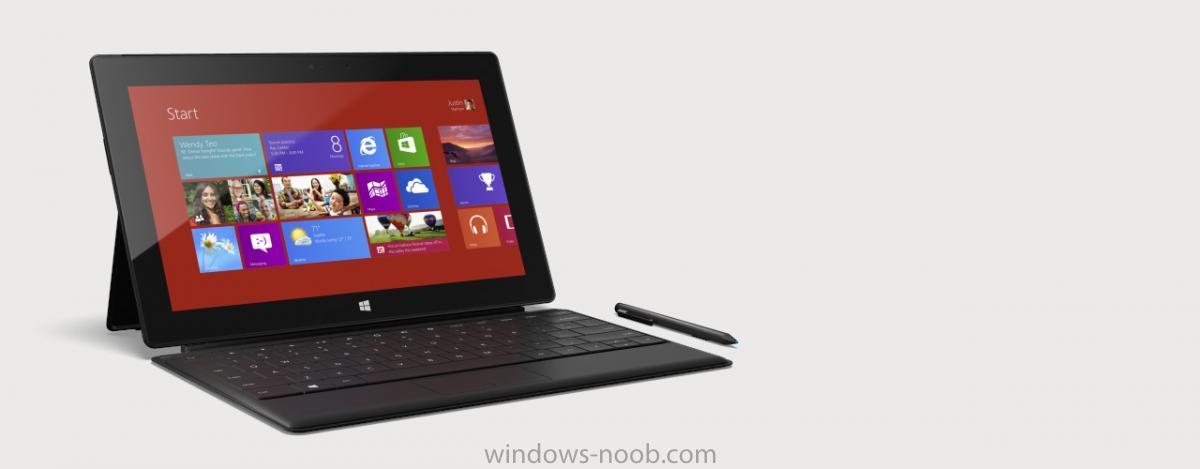
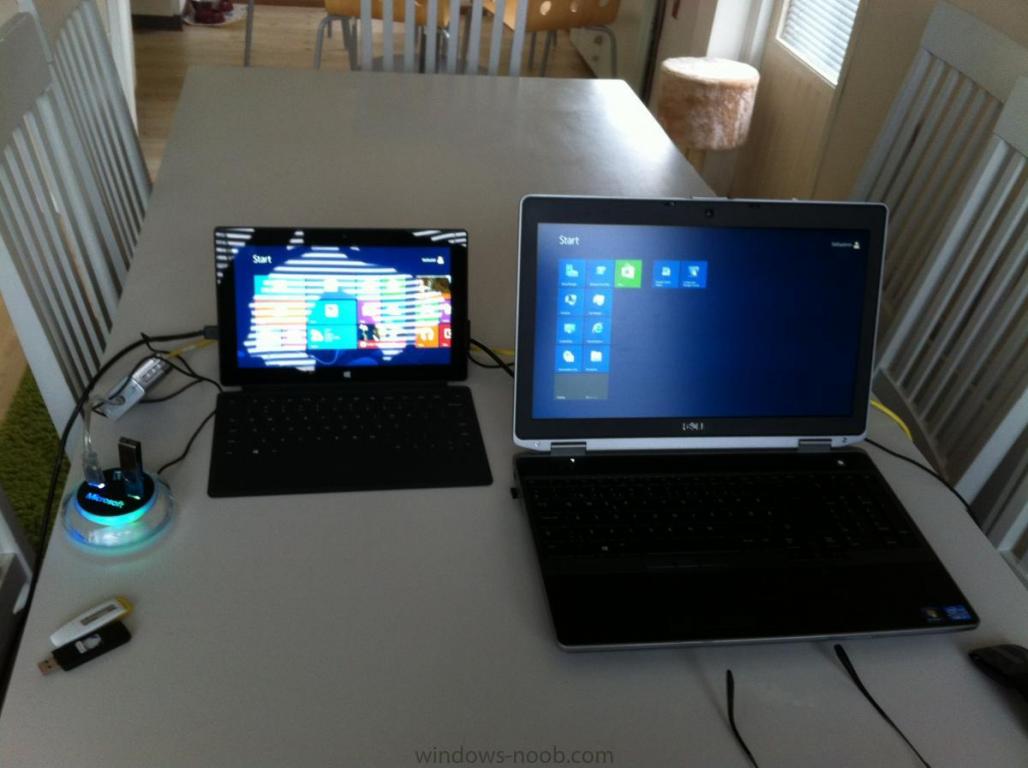
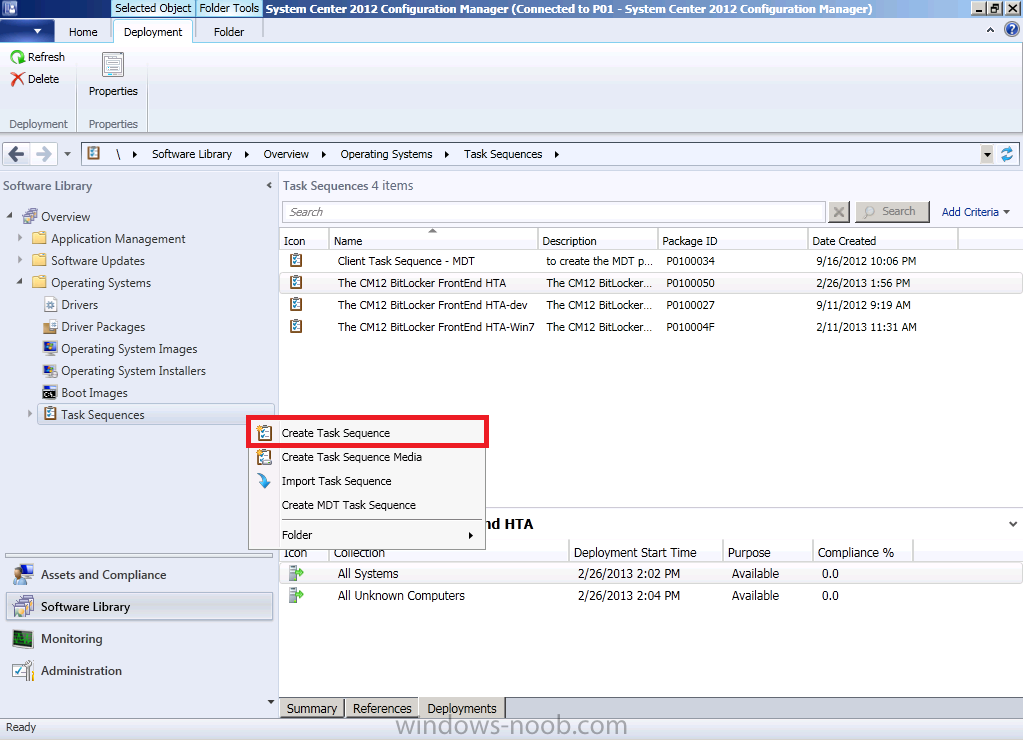
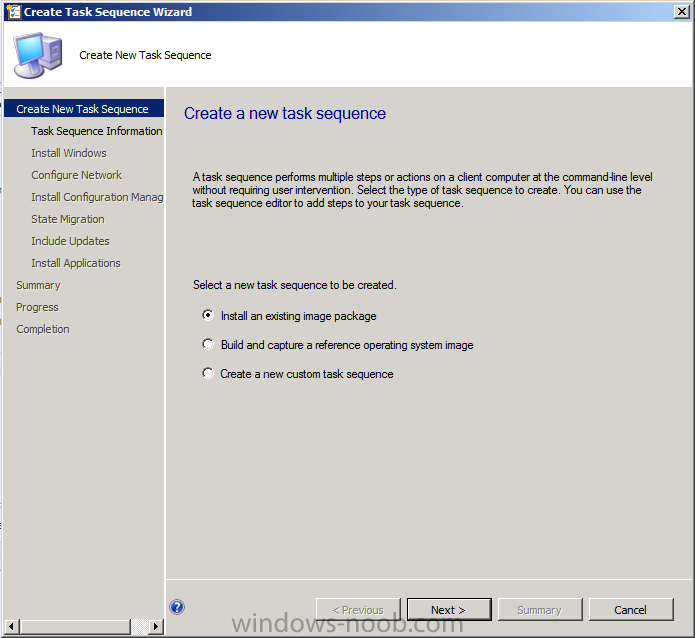

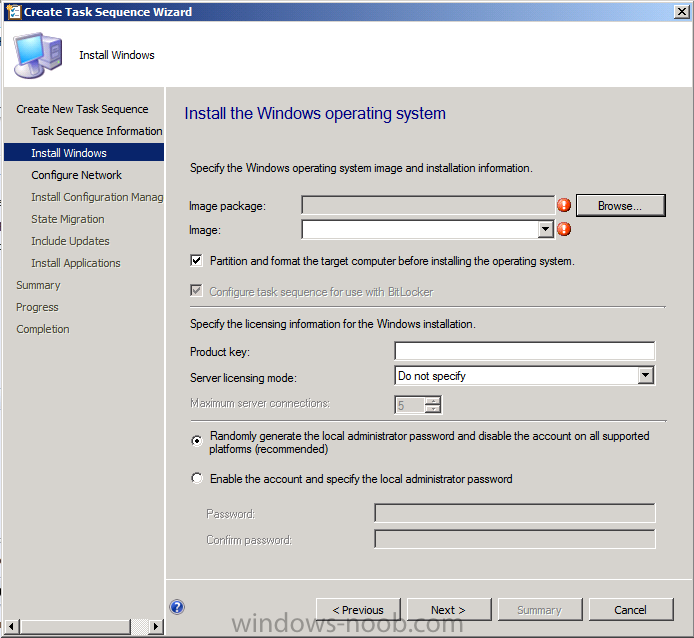
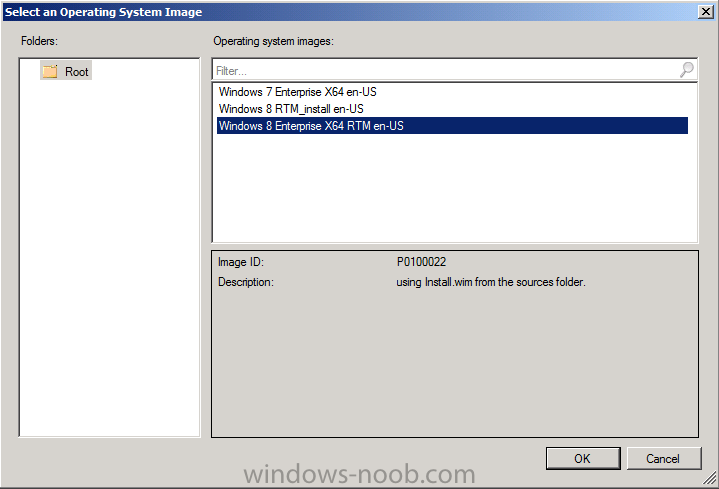
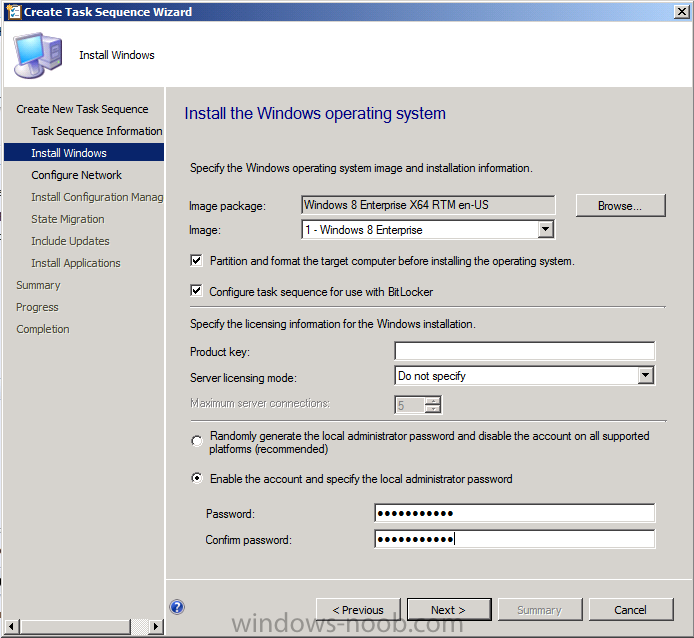
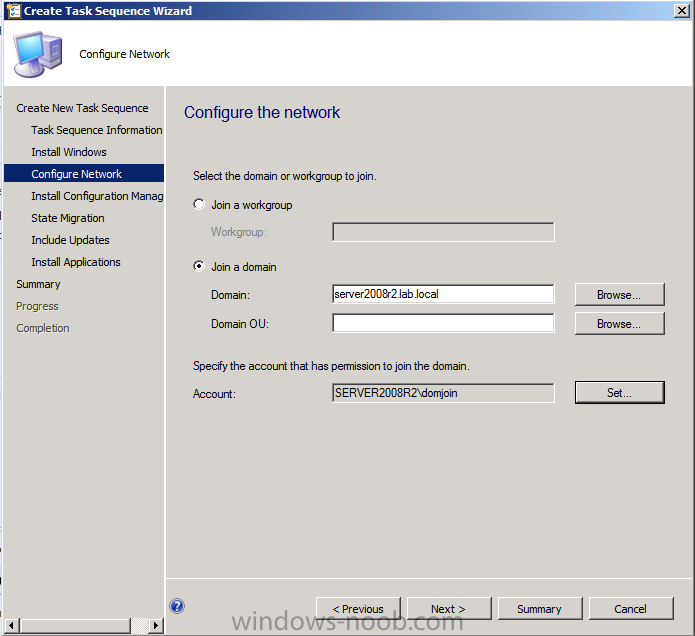
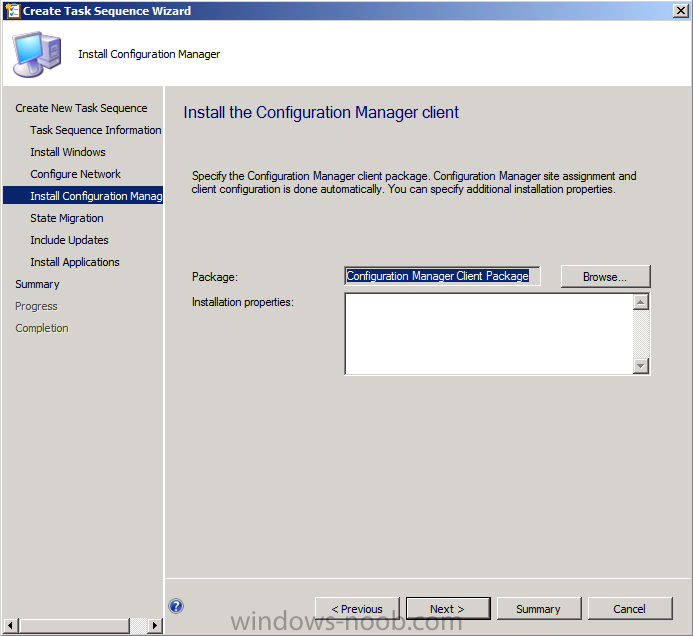
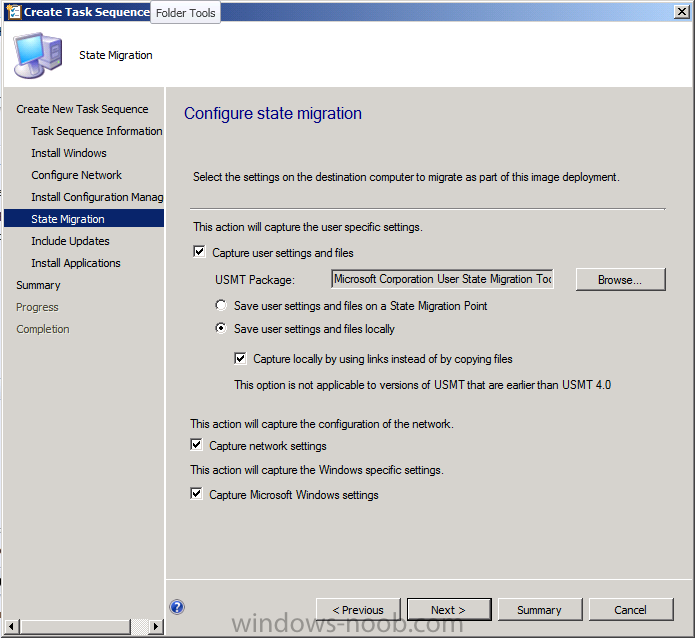
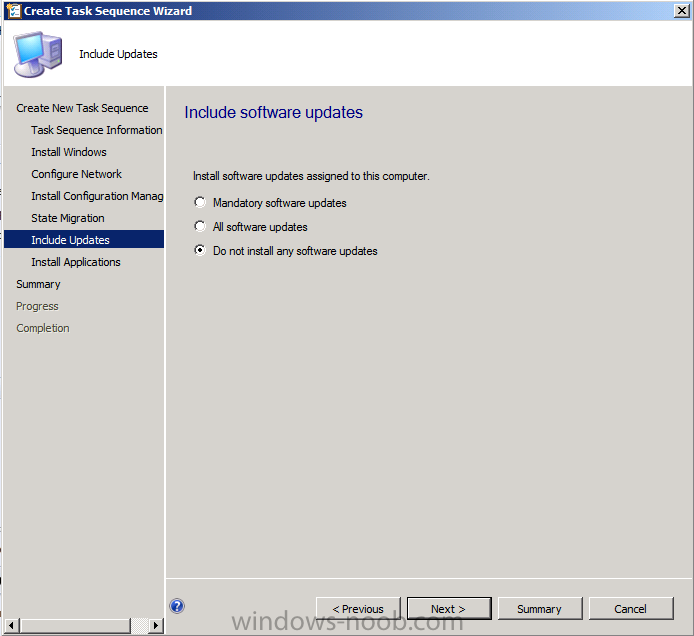
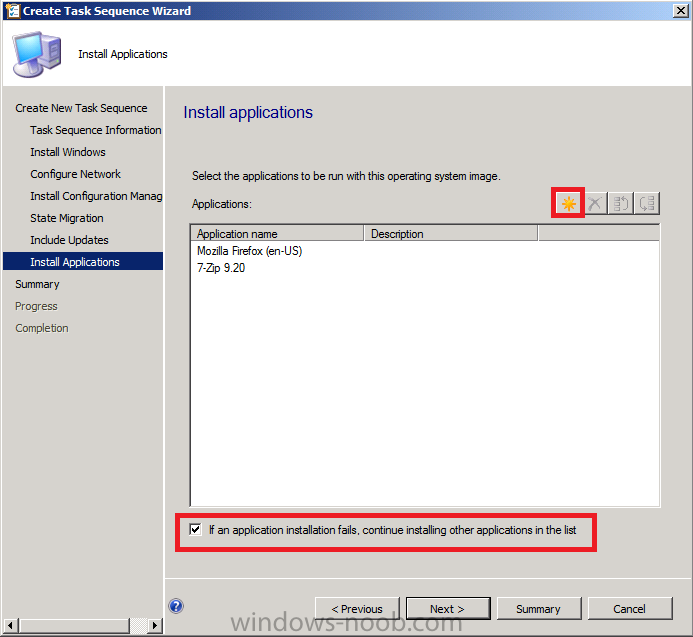
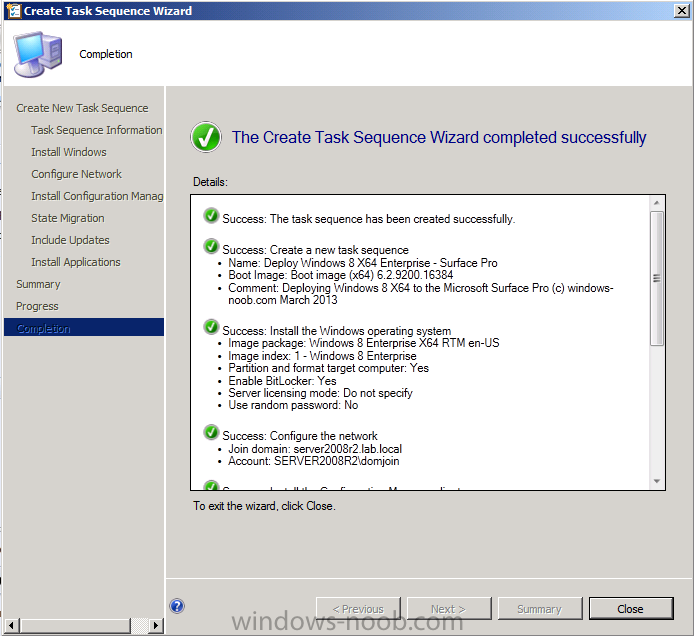
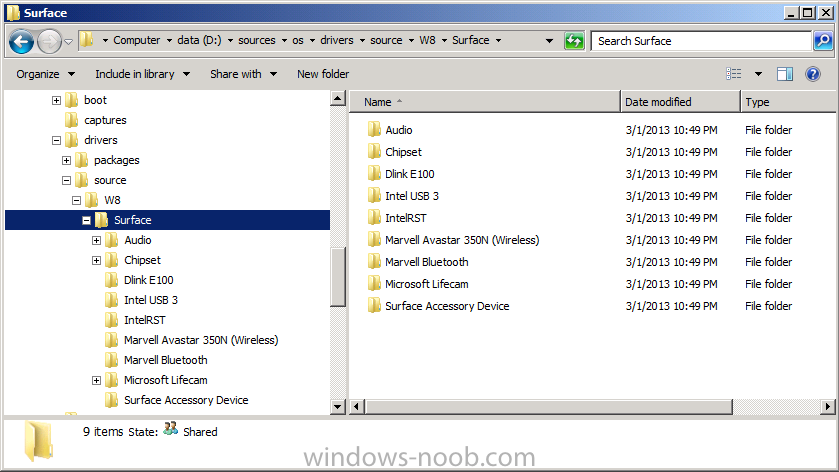
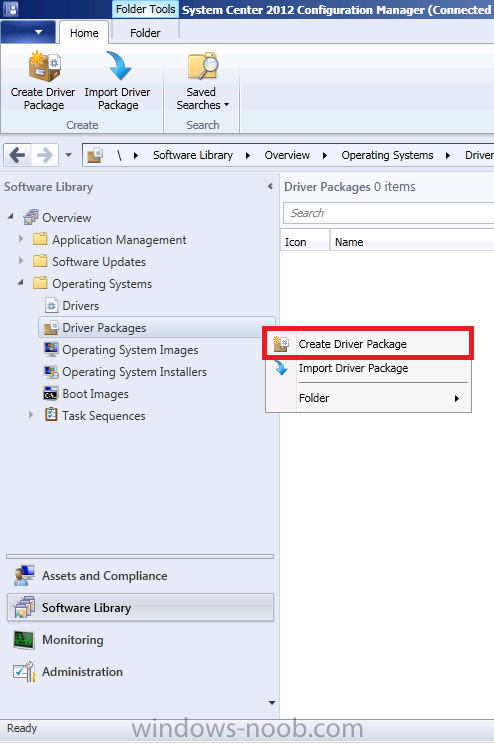
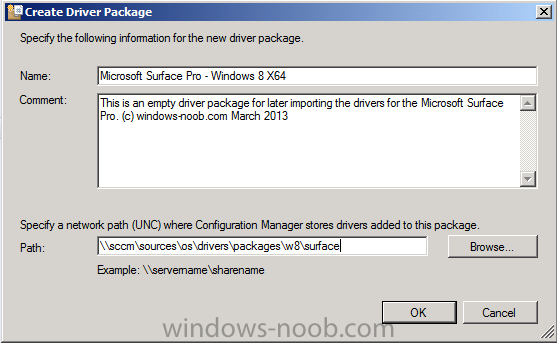

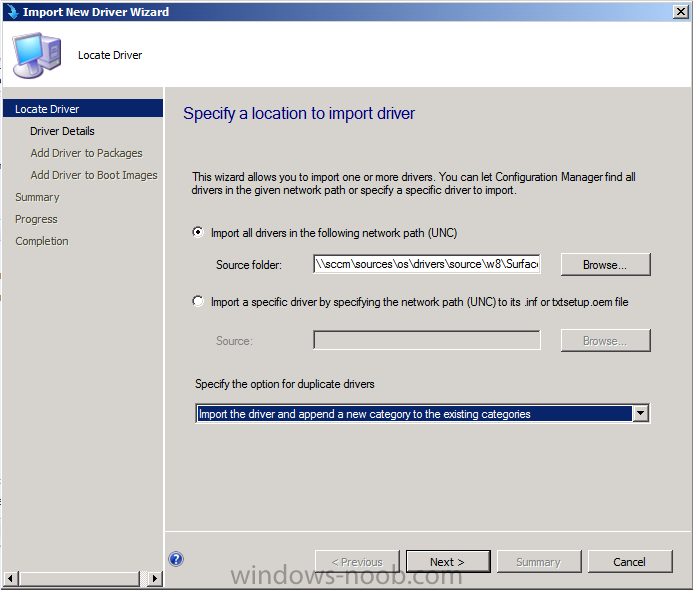
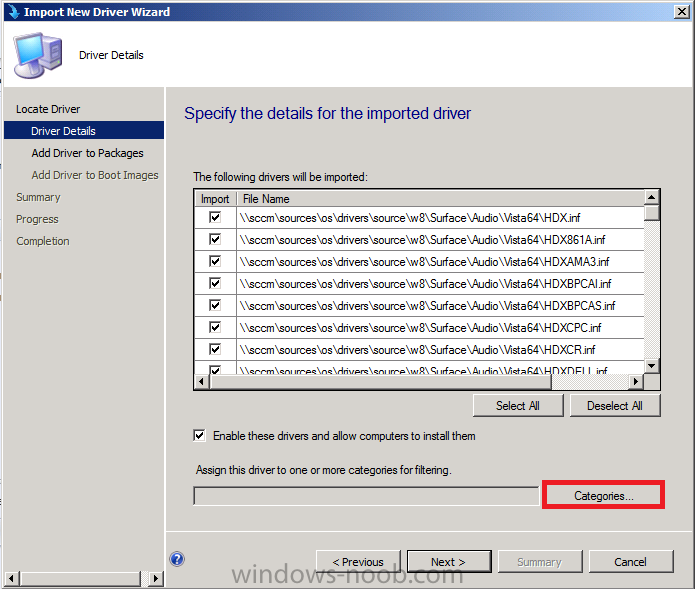
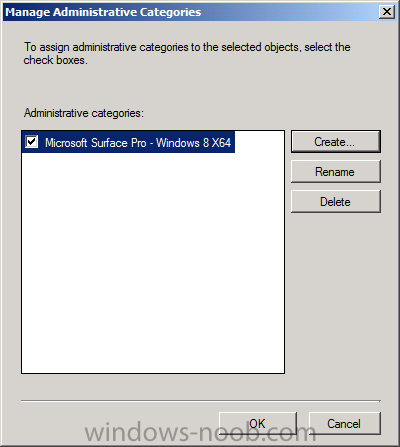
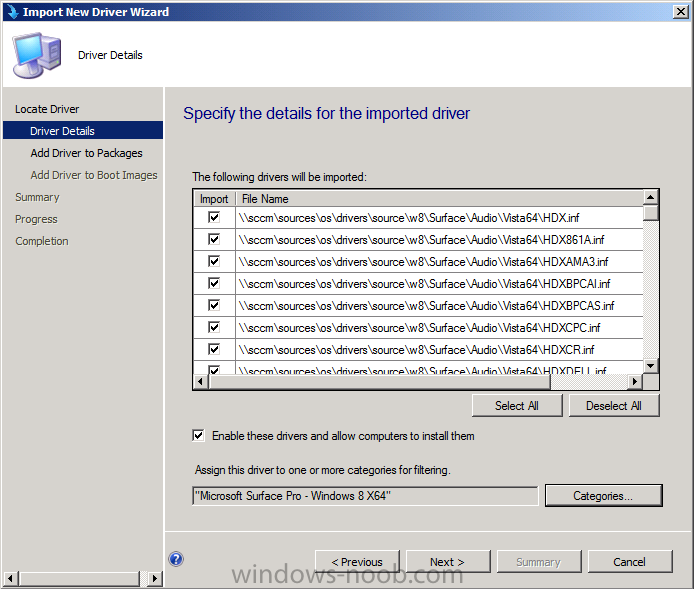
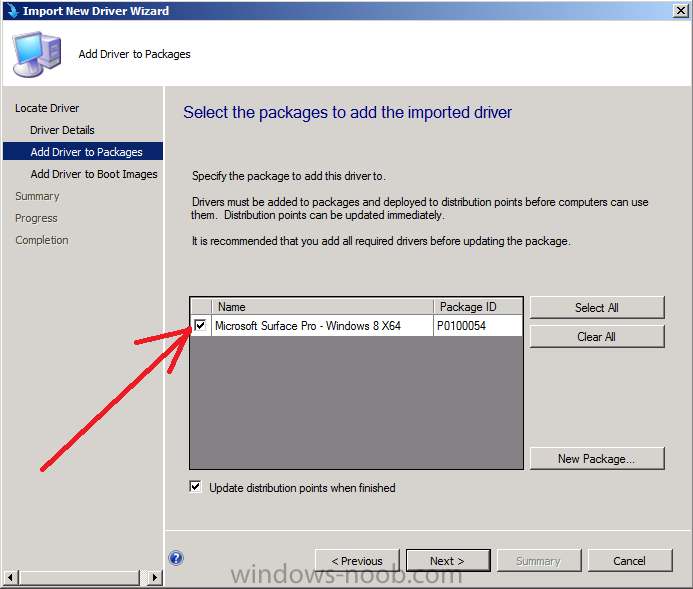
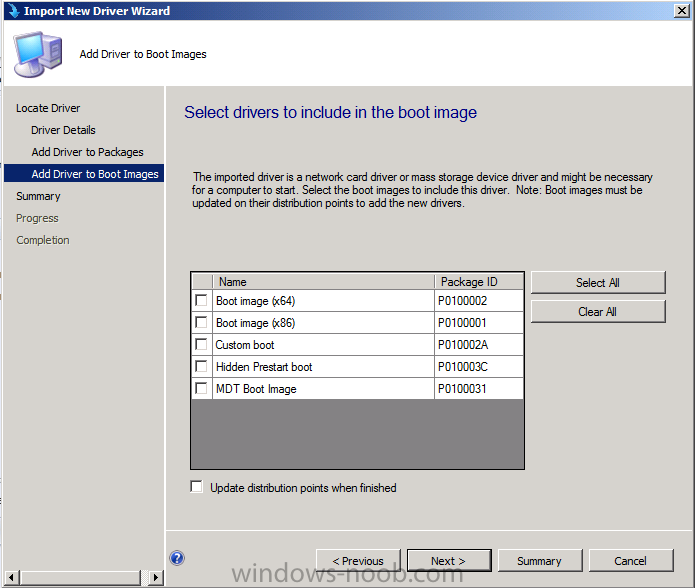
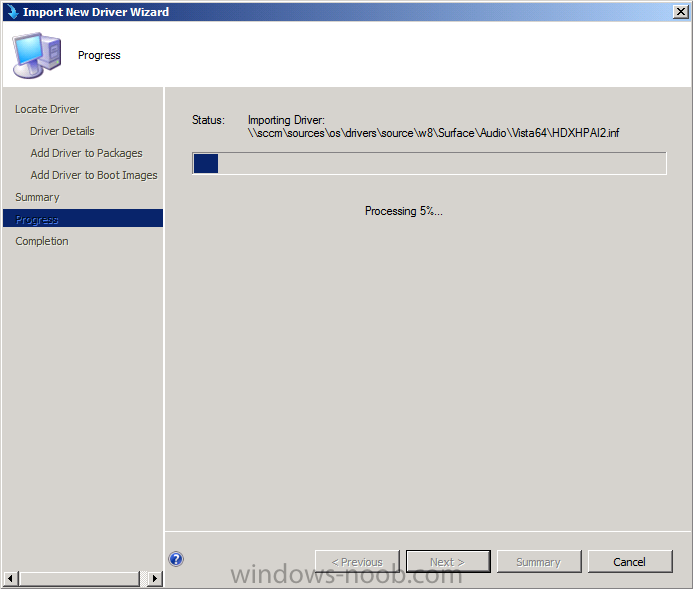
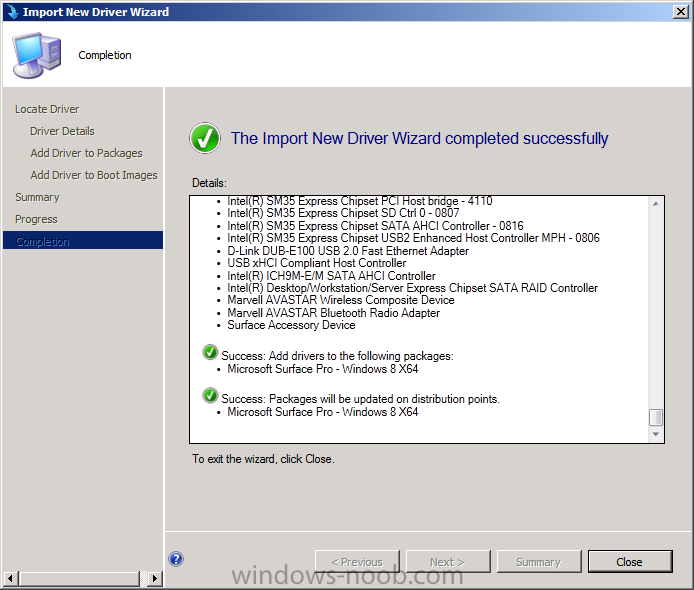
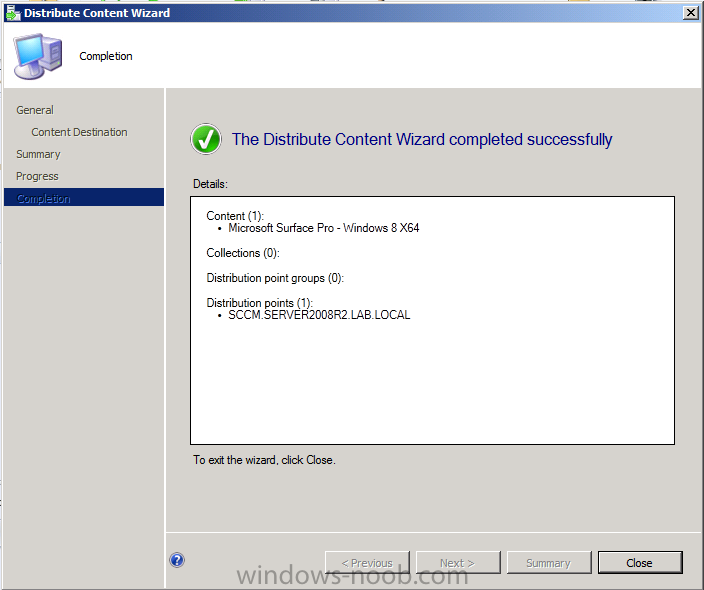
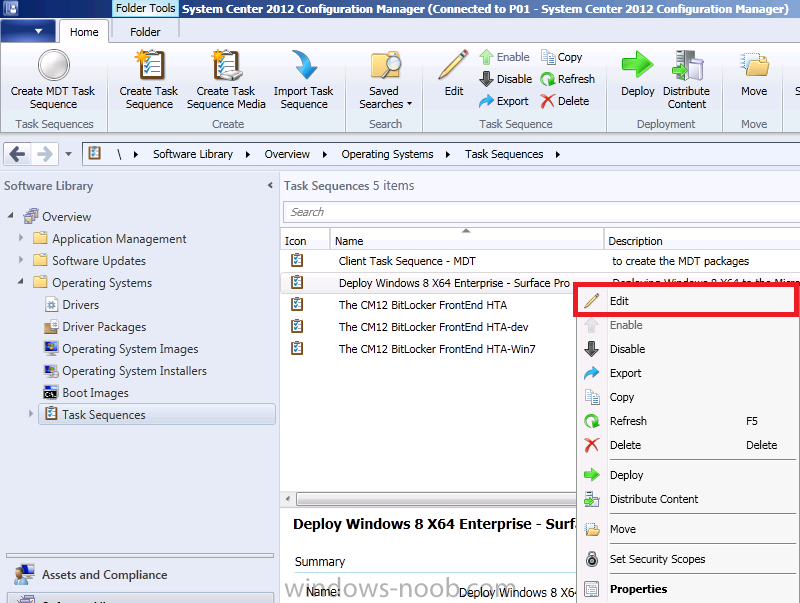
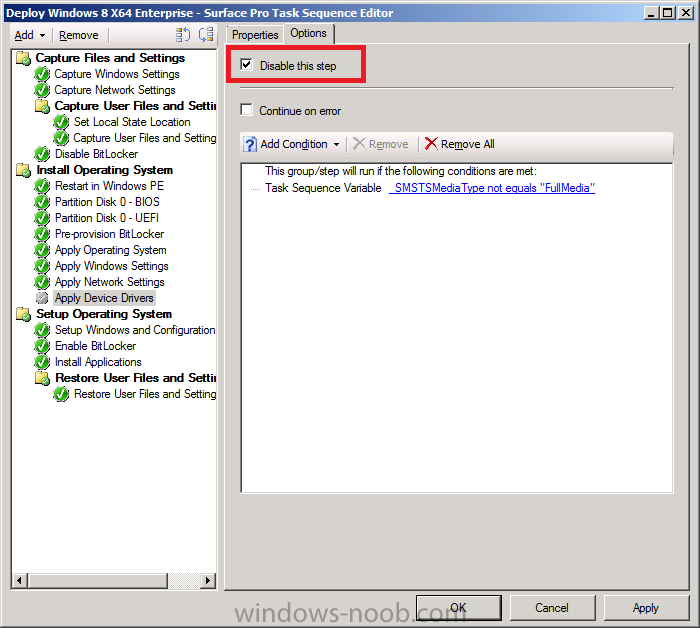
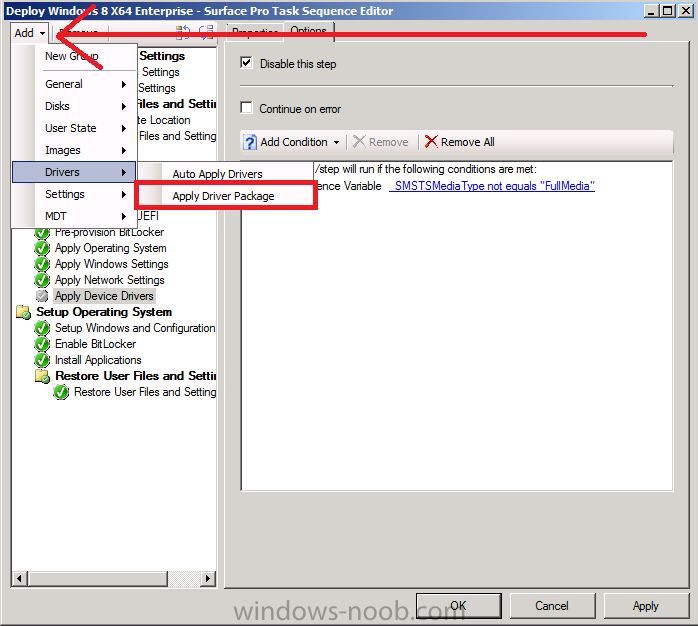
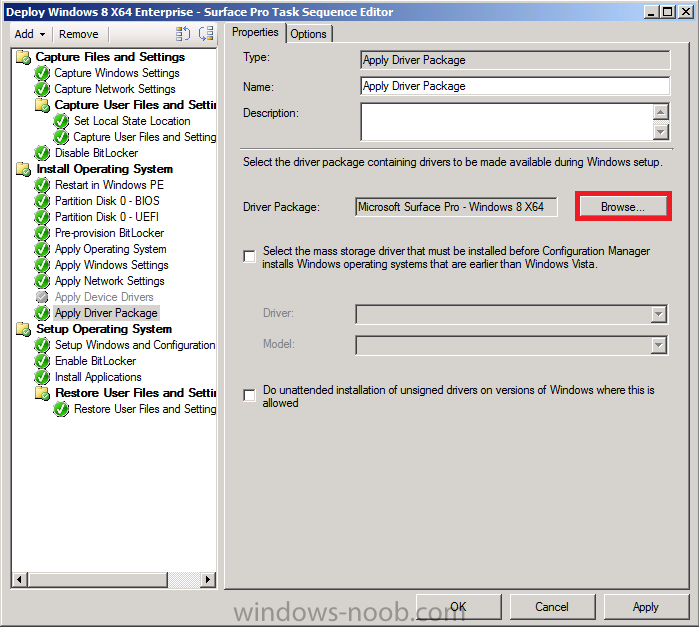
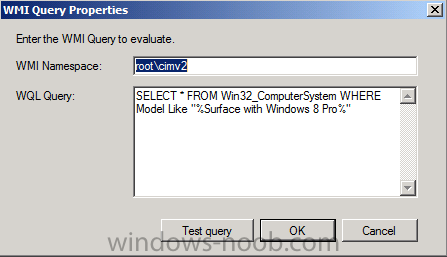
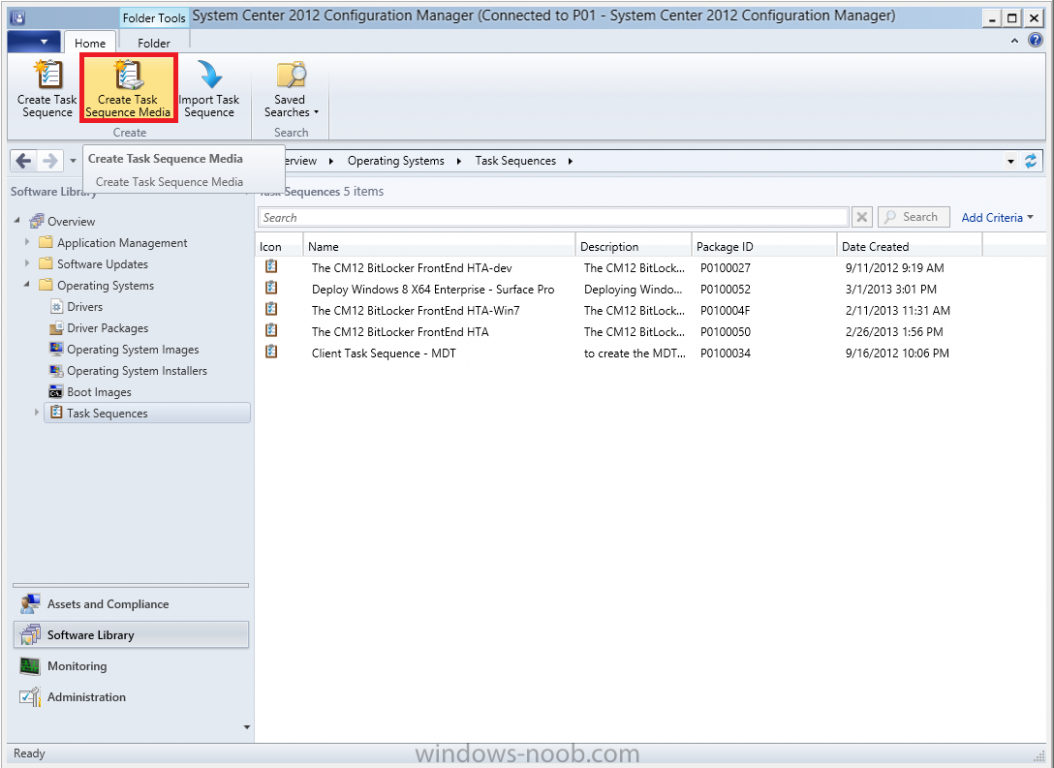
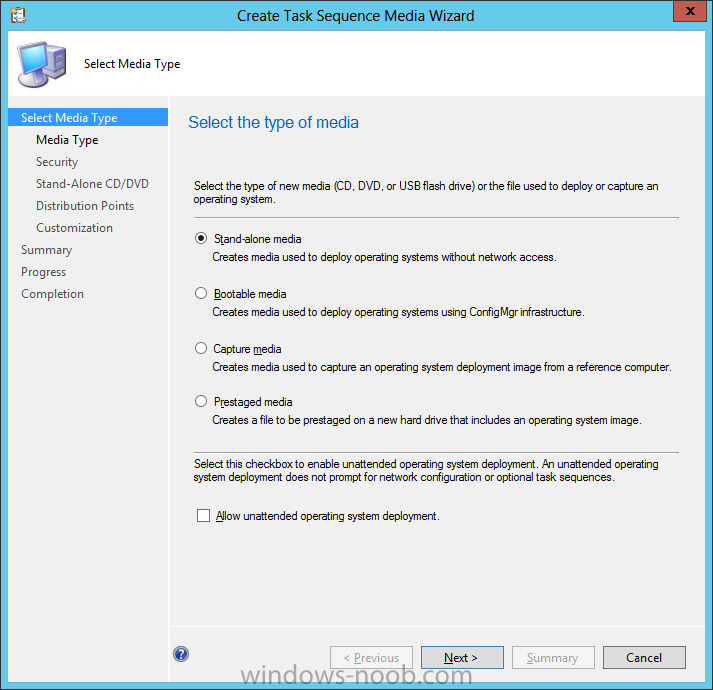

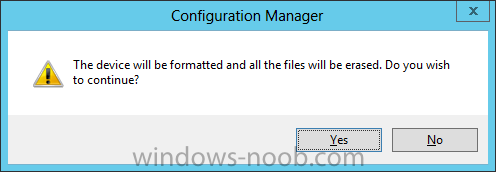
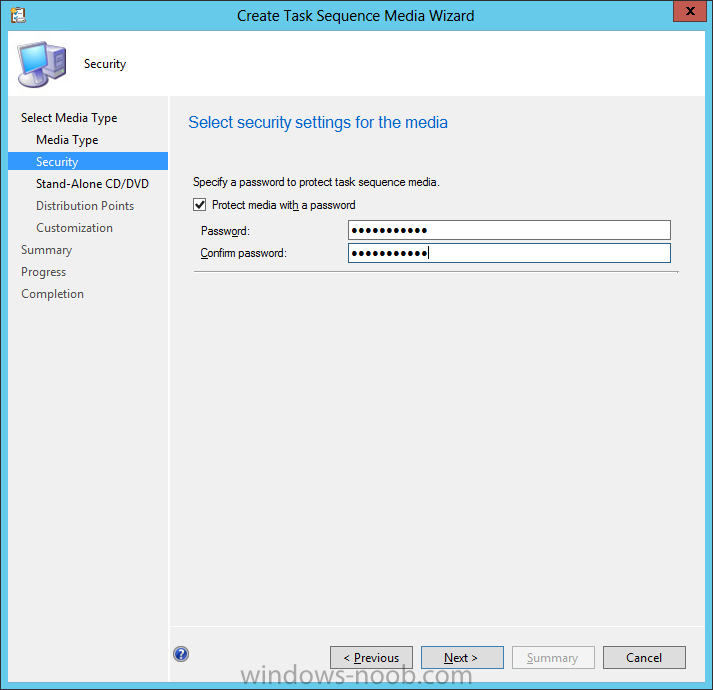
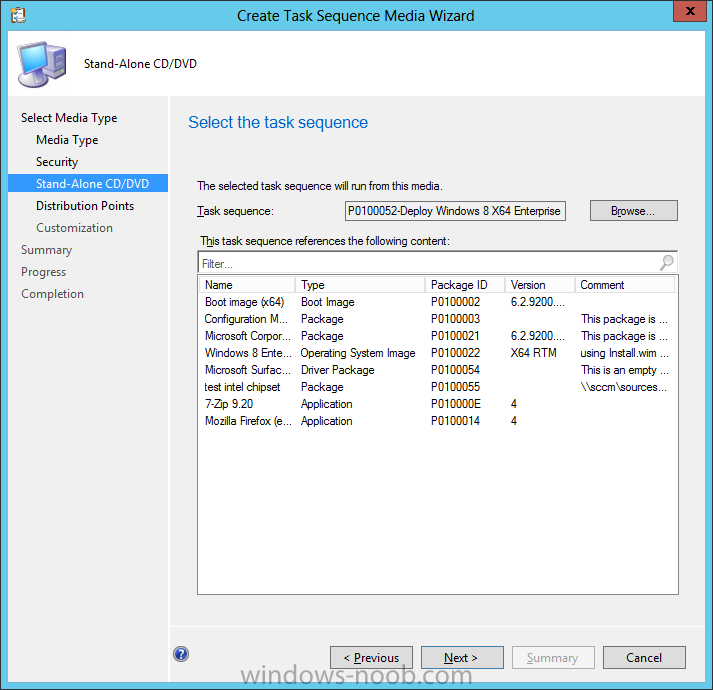
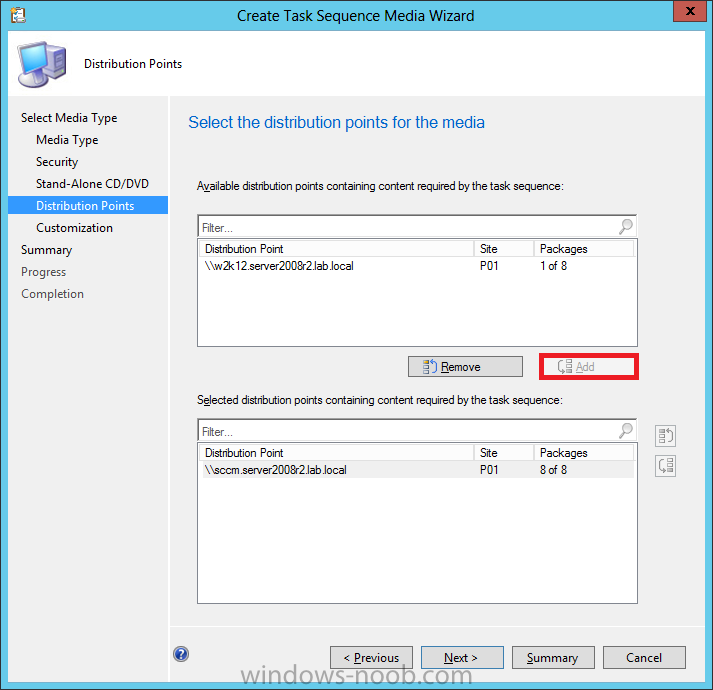
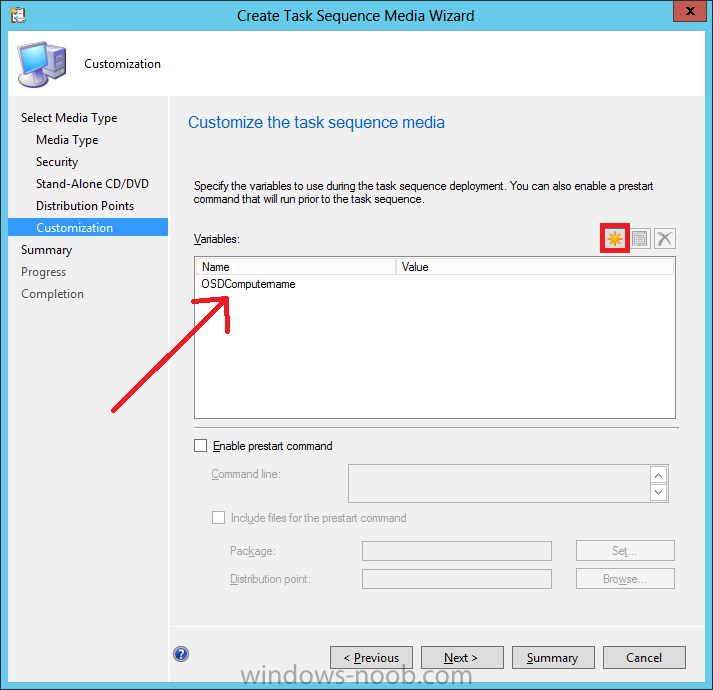
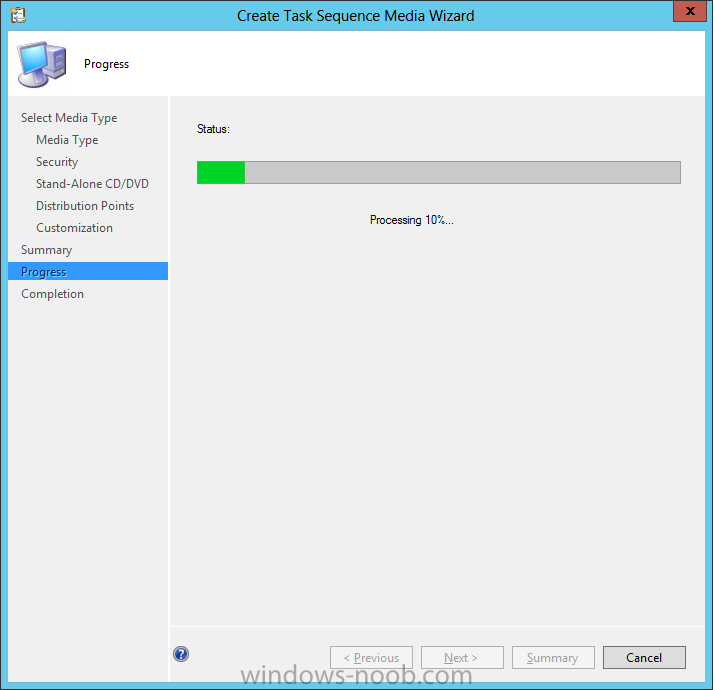

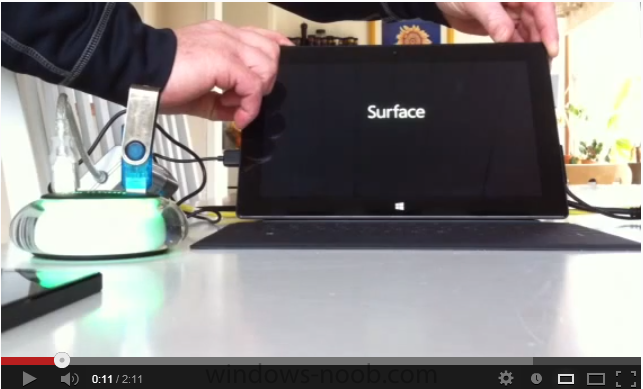
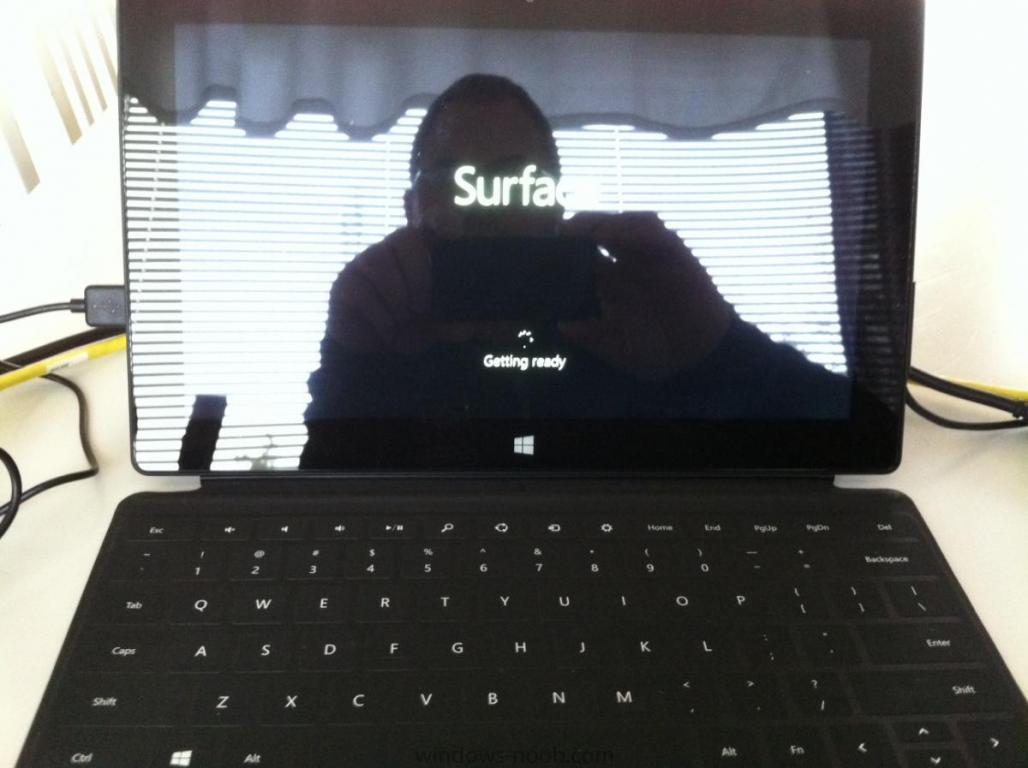
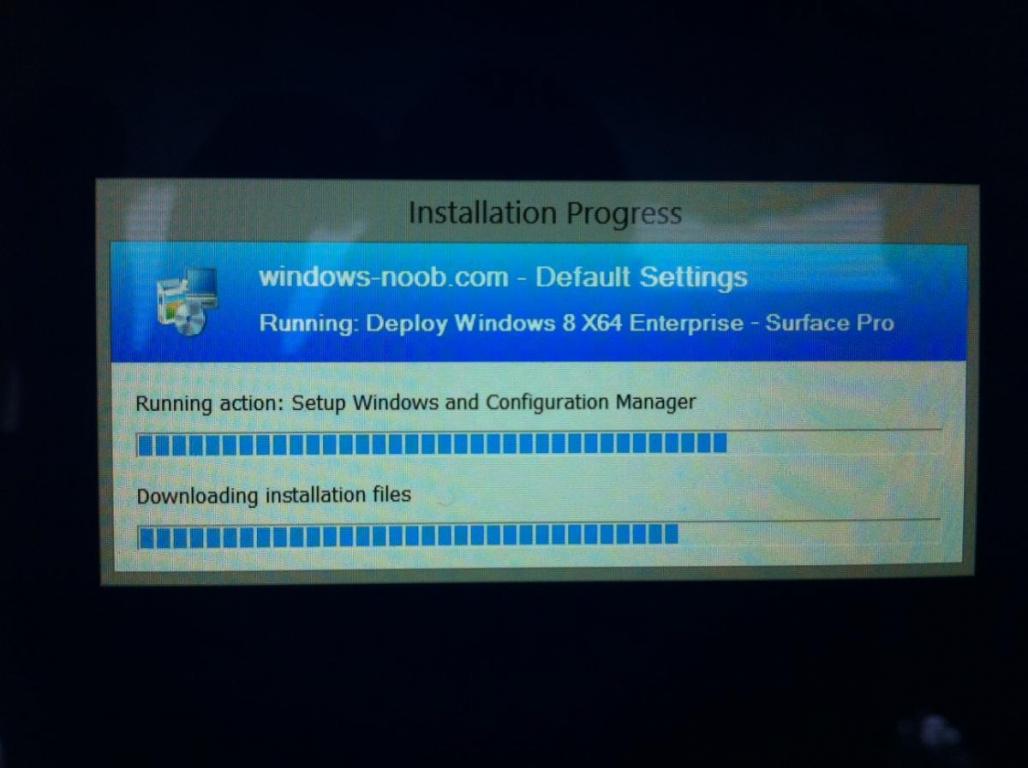
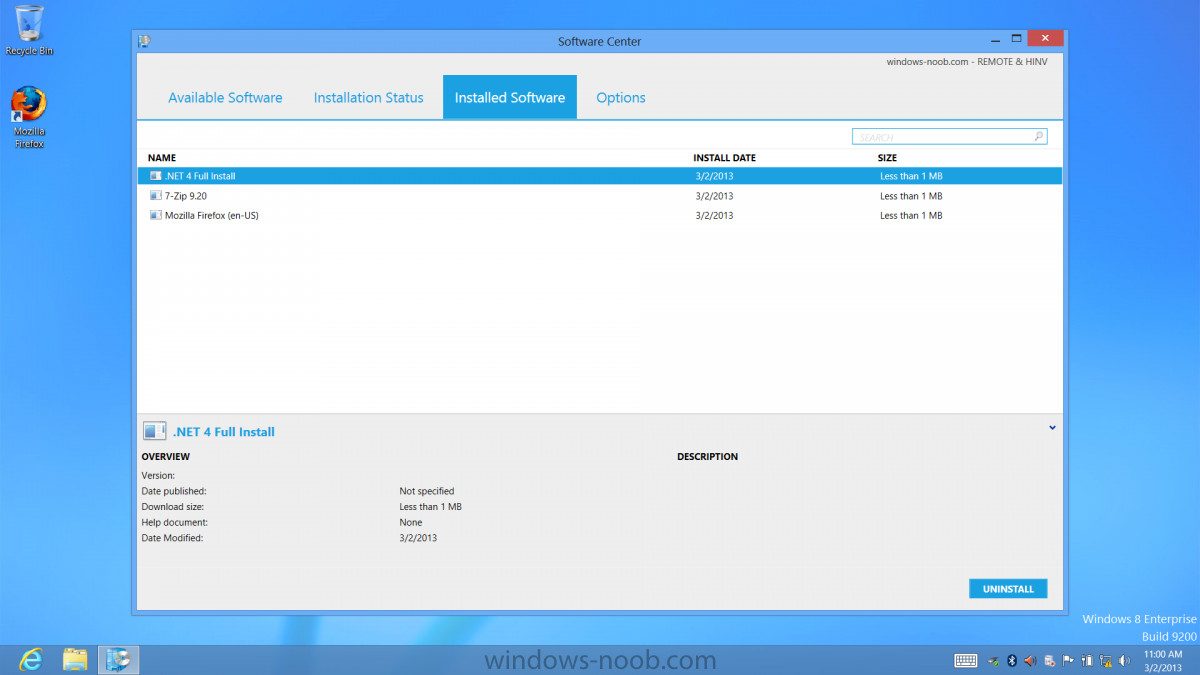
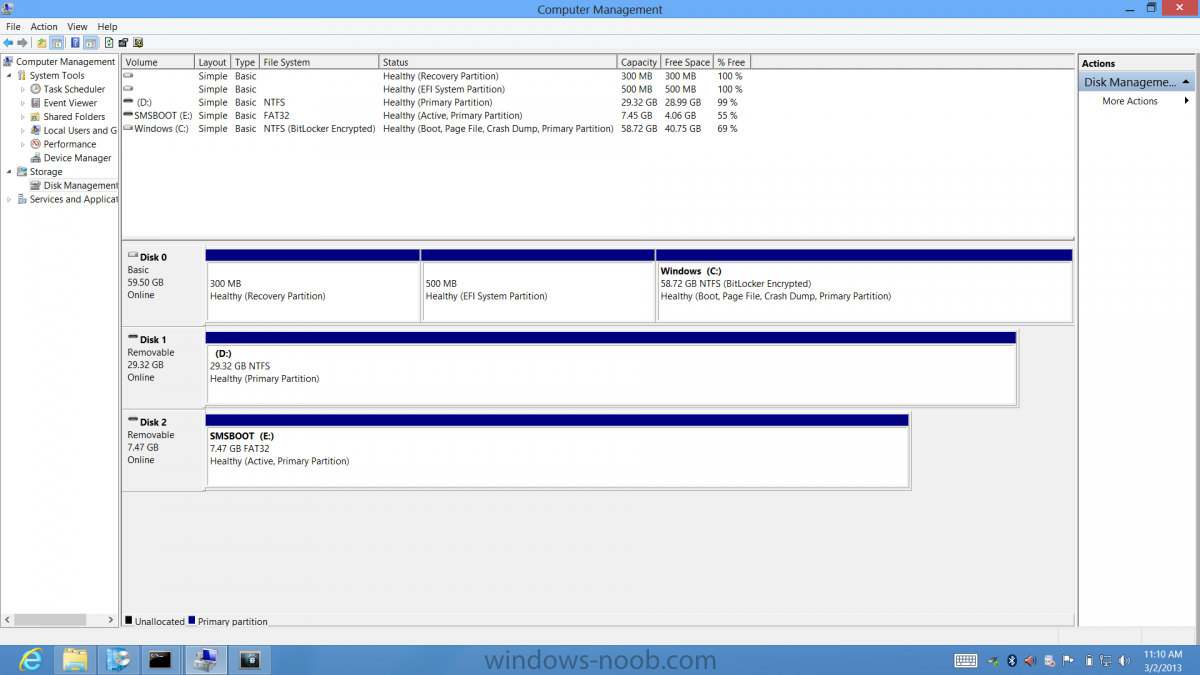
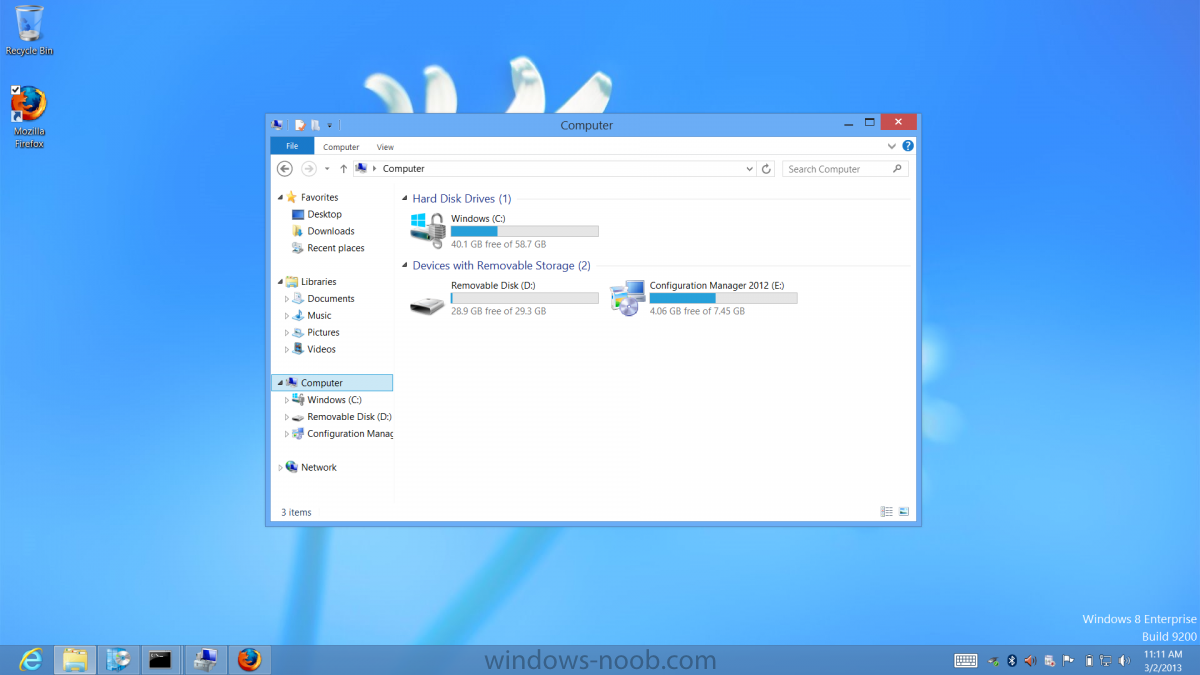
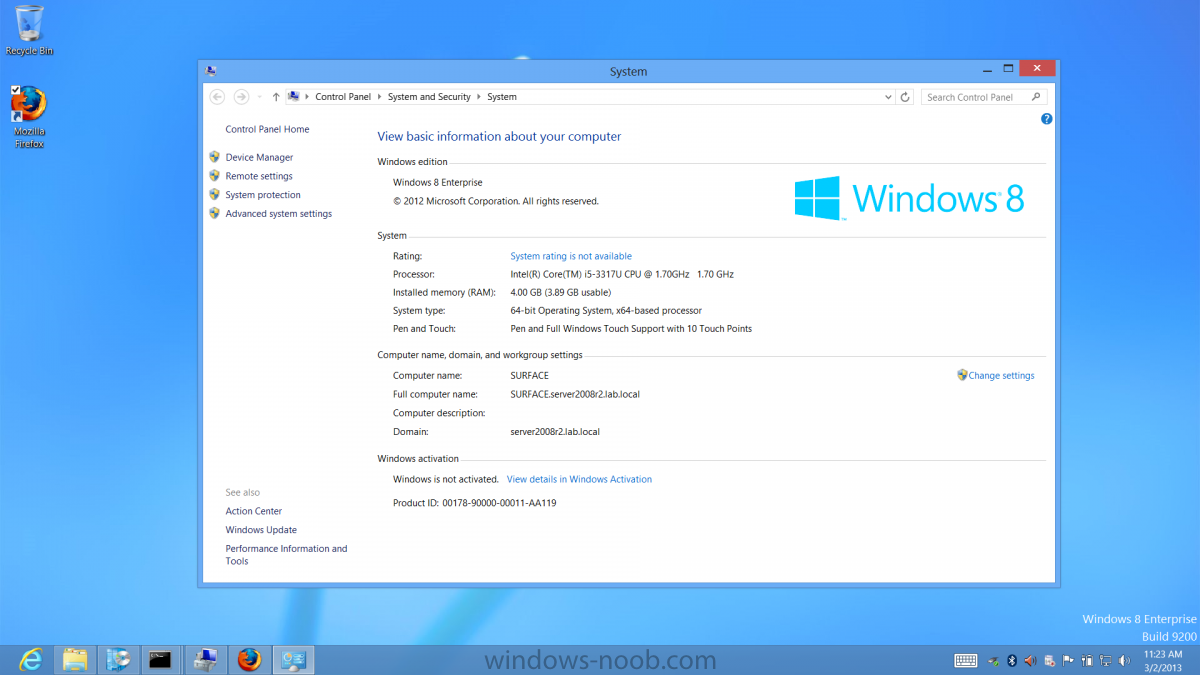
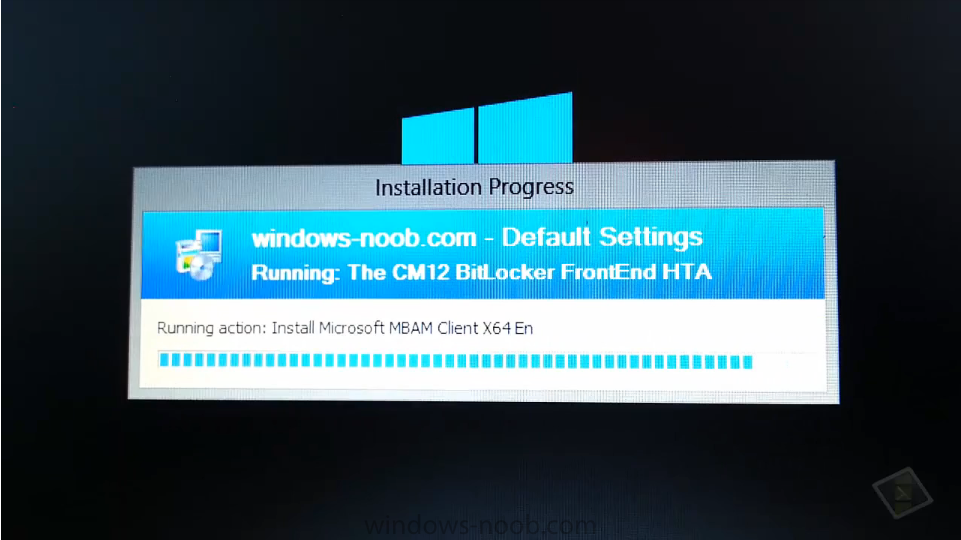
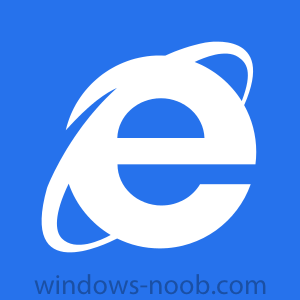
How can I deploy Windows 8 X64 to the Microsoft Surface Pro using Configuration Manager 2012 SP1
in Configuration Manager 2012
Posted
i don't see any prompts for user customization you can configure GPO's to hide most of that like so http://www.niallbrady.com/2012/09/24/how-can-i-disable-the-while-we-are-getting-things-ready-animation-for-all-users-in-windows-8/